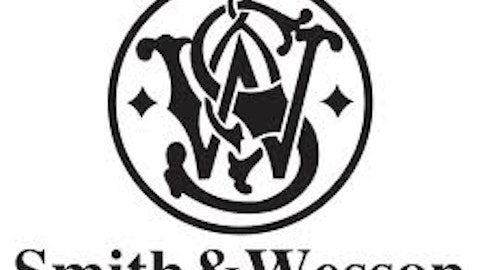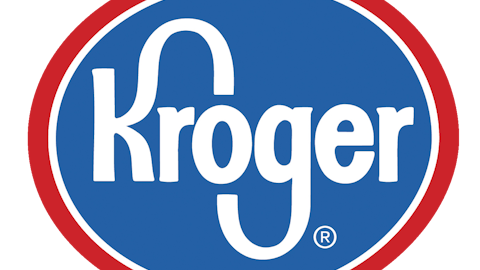

RGR Total Return Price data by YCharts
Strengths
Focused management – The keen focus of Ruger’s management drives this company. Ruger’s CEO Michael Fifer owns approximately 1.3% of the company’s stock, which incentivizes some of the focus.
Fifer’s focus on accurate production planning shows with his focus on the “sell-through” rate or the rate of sales from the distributor to the retailer. Backlog showed an astronomical rise in the gun industry and he feels that the sell-through rate provides a more accurate picture of industry fundamentals. This line of reasoning stems from industry-wide over-ordering from distributors due to fear of lost sales opportunity because of a low supply of finished goods. Ruger’s sell-through rate increased 63% in 2012.
In their latest earnings calls weapons makers discussed the vast expansion of backlog. Ruger’s backlog more than doubled to 1.5 million units in 2012. Rival gun manufacturer Smith & Wesson Holding Corporation (NASDAQ:SWHC) saw its backlog triple so far. Winchester, the ammunitions arm of chemical company Olin Corporation (NYSE:OLN), saw its backlog increase by a factor of ten in 2012.
Ruger’s management demonstrates remarkable ability to maximize production for every capital expenditure dollar. According to Ruger’s last earnings call, a 7% increase in capital equipment base led to a 52% increase in unit production.
Strong brand – Ruger represents a well-recognized brand name with a rich history. This also serves as a barrier to entry. Someone new can manufacture a gun, but it won’t possess the Ruger name.
No debt – Ruger’s long-term debt to equity ratio clocks in at a goose egg. This shows great restraint in an environment of cheap debt. In its last earnings call Smith & Wesson shows up in the rear view mirror on this front with a 13% reduction in its long-term debt to equity and expressed plans for paying down more debt.
Weaknesses
Lower cash position – At the end of 2011, Ruger sat on $81 million of cash representing 59% of stockholder’s equity. In December 2012, Ruger paid out $87 million in special dividends reducing the cash balance to $31 million at the end of the year or 33% of stockholder’s equity. Consequently, Ruger had to increase its line of credit by $15 million in case the need for more cash arises. By contrast, Smith & Wesson, who didn’t pay a special dividend, still sports a cash balance of $59 million net of restricted cash or 38% of its stockholder’s equity.
Low inventory – Ruger said that it would like to increase its lower than acceptable rate of replenishment for finished goods, but it probably won’t happen until demand subsides a little.
Opportunities
New products – Sturm, Ruger & Company (NYSE:RGR)’s opportunity lies in new product development. New products represented 38% of its 2012 sales. Ruger’s management continues its focus on research and development through the continual hiring of qualified talent to design new guns.
Threats
Bubble demand – Gun control and crime rate fears boosted the revenues of the entire gun industry at unsustainable levels. Revenue in the most recent quarter increased 52%, 39%, and 27%, respectively, for Ruger, Smith & Wesson, and Olin’s Winchester unit (people need ammunition for the guns). Any pull back in demand momentum may scare investors into dumping their shares in those companies. At that point, long-term investors could pick some shares of Ruger on the cheap.
Competition – Smith & Wesson also commands the resources to do research and development and make acquisitions that could increase its scale relative to Sturm, Ruger & Company (NYSE:RGR).
Conclusion
In summary, Ruger shows focus, prudence, and efficiency in managing its resources. It possesses a strong brand identity. Ruger reinvigorates consumer interest with new products with Smith & Wesson watching. Bubble level demand will most likely subside causing a short-term reversal in gun related stock prices creating a better entry point for the shares of Sturm, Ruger & Company (NYSE:RGR) and Smith & Wesson.
The article Sturm, Ruger: As Good as They Come originally appeared on Fool.com.
Copyright © 1995 – 2013 The Motley Fool, LLC. All rights reserved. The Motley Fool has a disclosure policy.



